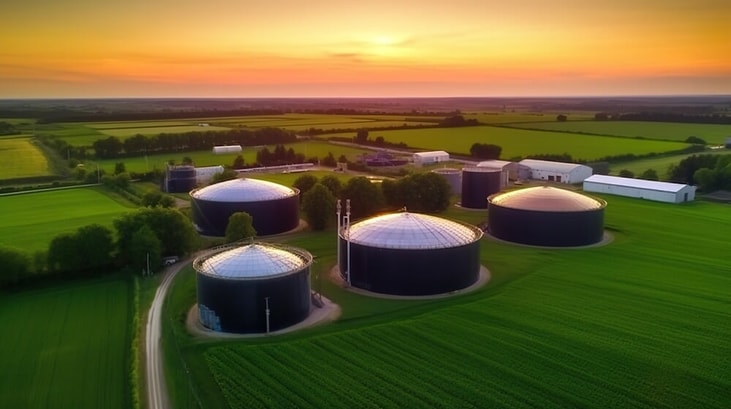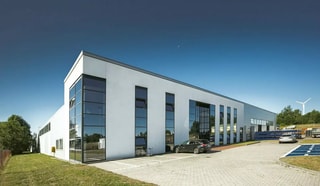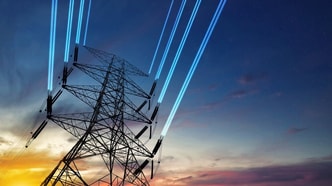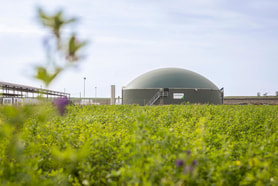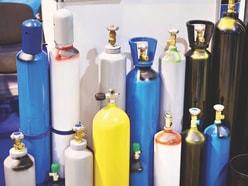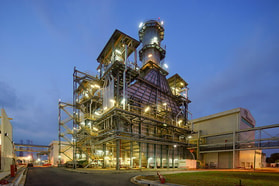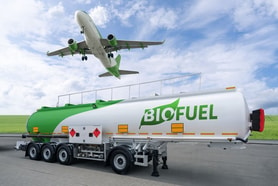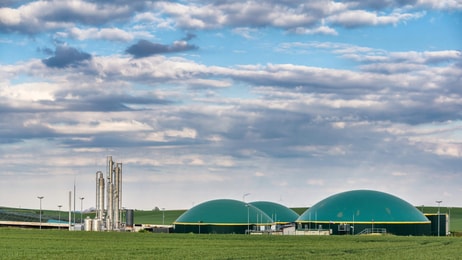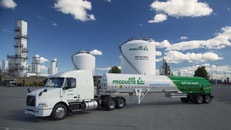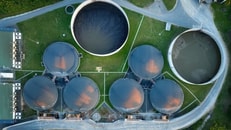Major US projects to convert landfill gases to valuable biogas
US-based project developer Vision RNG (VRNG) has partnered with waste services provider WIN Waste Innovations (WIN Waste) to build two major projects that will convert landfill gases (LFGs) to renewable natural gas (RNG).
Set to take place at WIN Waste’s Seneca County landfill in Seneca County, Ohio, and its Tunnel Hill Reclamation landfill in Perry County, Ohio, the projects aim to result in the avoidance of more than 120,000 tonnes of fossil-based carbon dioxide (CO2) per year and the production of more than 2.7m MMBtu’s (million British thermal units) of RNG.
In addition to boosting the local economy by creating dozens of construction jobs, the projects will contribute to the companies’ sustainable practices, according to Bill Johnson, CEO of VRNG, who said that the company is proud to be working with WIN Waste.
... to continue reading you must be subscribed

